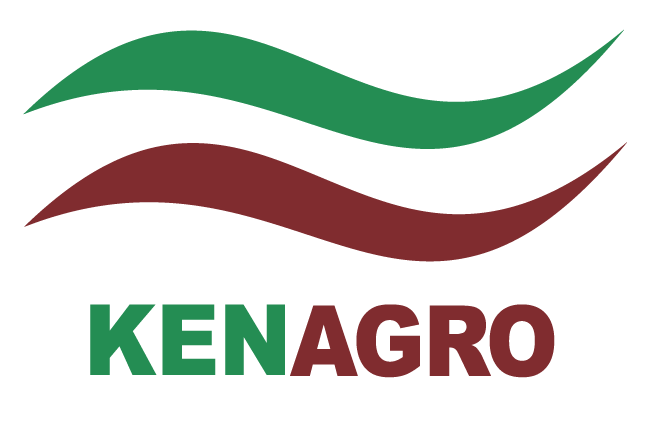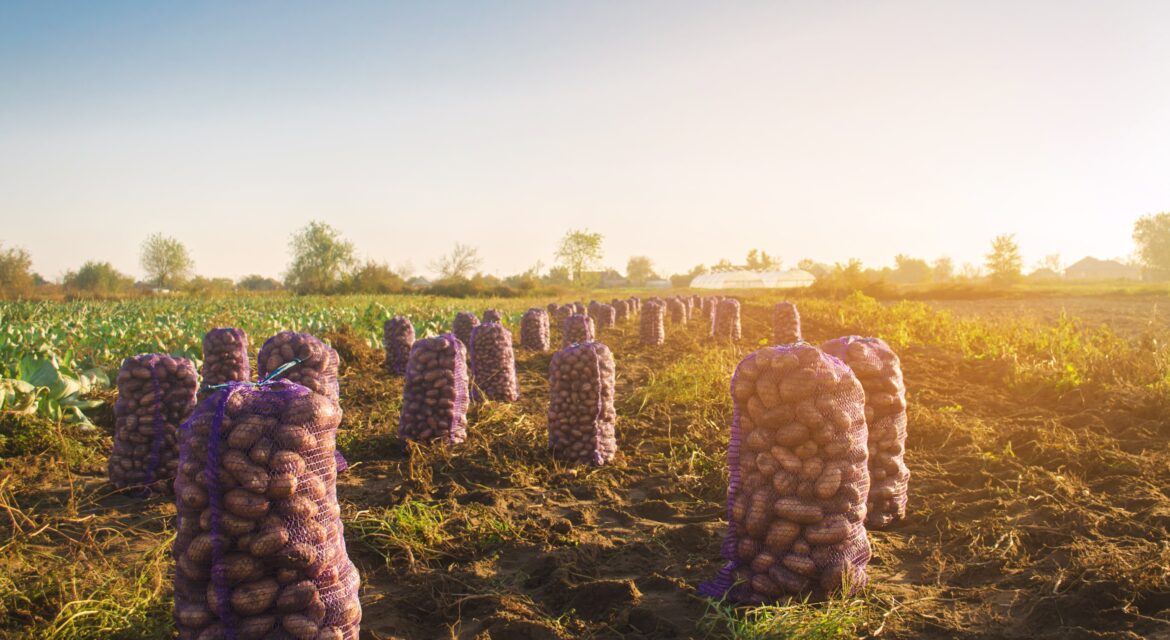Potatoes are the second most important food crop in Kenya after maize and a major source of income for thousands of farmers, particularly in the highland regions. With increasing demand in both local and export markets, potato farming presents an excellent opportunity for agribusiness growth.
However, to achieve high yields and profitability, farmers must adopt good agricultural practices from seed selection to post-harvest handling.
This guide outlines the essential aspects of successful potato farming in Kenya.
1. Crop Selection and Planning
Choosing the right potato variety is the first step to success. Recommended certified varieties in Kenya include Shangi, Dutch Robijn, Tigoni, Asante, and Chulu. Each has different traits for maturity period, market preference, and disease resistance.
Select varieties suited to your region’s climate and market demand (e.g., chips, table potatoes, or processing). Plan planting around rainy seasons—typically March (long rains) and October (short rains)—and rotate with non-solanaceous crops to reduce disease pressure.
2. Soil and Climate Requirements
Potatoes thrive in well-drained, deep loamy soils with high organic matter and a pH of 5.5–6.5. Avoid soils with high acidity or poor drainage, as these can increase the risk of diseases like bacterial wilt.
Potatoes grow best in cool, moist highland climates, with altitudes between 1,500–2,800 meters above sea level.
Ideal temperatures range between 15°C and 25°C, with rainfall of 850–1,200 mm evenly distributed during the growing period.
3. Land Preparation and Planting Techniques
Land preparation involves deep ploughing and harrowing to achieve a fine tilth. Prepare ridges or mounds to facilitate drainage and tuber development.
Use certified, clean seed potatoes, and avoid replanting from previous harvests to minimize disease transmission.
Spacing should be 75 cm between rows and 30 cm between plants. Plant 5–10 cm deep and cover lightly with soil.
Apply phosphorus-rich basal fertilizer (e.g., DAP) at planting time.
4. Crop Management (Irrigation, Fertilization, Weeding)
Potatoes require consistent soil moisture, especially during tuber initiation and bulking stages. Irrigate if rainfall is inadequate but avoid waterlogging.
For fertilization, apply top dressing with CAN or NPK 3–4 weeks after emergence.
Perform earthing up at least twice to support tuber development and prevent greening. Weed early—within the first 4–6 weeks—and avoid mechanical damage to roots during weeding.
5. Pest and Disease Control
Common potato pests in Kenya include cutworms, aphids, and potato tuber moths.
Major diseases include late blight, early blight, bacterial wilt, and nematodes.
Control measures include:
- Use of certified disease-free seed
- Practicing crop rotation
- Timely application of fungicides and insecticides
- Regular field scouting for early detection
Early blight and late blight are particularly devastating during wet seasons, so preventive spraying is crucial.
6. Harvesting and Post-Harvest Handling
Harvest potatoes when the plants have withered and skins have hardened, usually 3–4 months after planting.
- Uproot carefully to avoid bruising.
- Cure harvested tubers in a shaded, dry place for 10–14 days to allow skin healing.
- Grade and sort potatoes by size and quality.
Store in cool, dry, dark, and well-ventilated stores to prevent sprouting and rotting. Avoid plastic bags which trap moisture.
7. Marketing and Value Addition
Sell through local markets, processors, or aggregators. Shangi potatoes are especially popular for fresh consumption, while other varieties may target processing industries.
Value addition options include:
- Potato chips and crisps
- Pre-peeled and packaged products
- Potato flour
Forming farmer groups or cooperatives can improve bargaining power and access to better prices.
8. Farm Business and Record Keeping
Maintain detailed records of inputs, labour, crop protection, harvest quantities, and income. Use this data to evaluate profitability and make informed decisions in future seasons. Consider access to crop insurance, credit, and support from agricultural extension services or NGOs to improve productivity and reduce financial risk.
Unlocking the Potential of Potato Farming in Kenya
Potato farming in Kenya offers great potential for food security and economic empowerment. With proper planning, good seed selection, disease control, and market-oriented production, farmers can increase yields and income significantly.
As demand continues to grow, adopting modern farming techniques and maintaining good records can transform potatoes into a reliable and profitable agribusiness venture.




